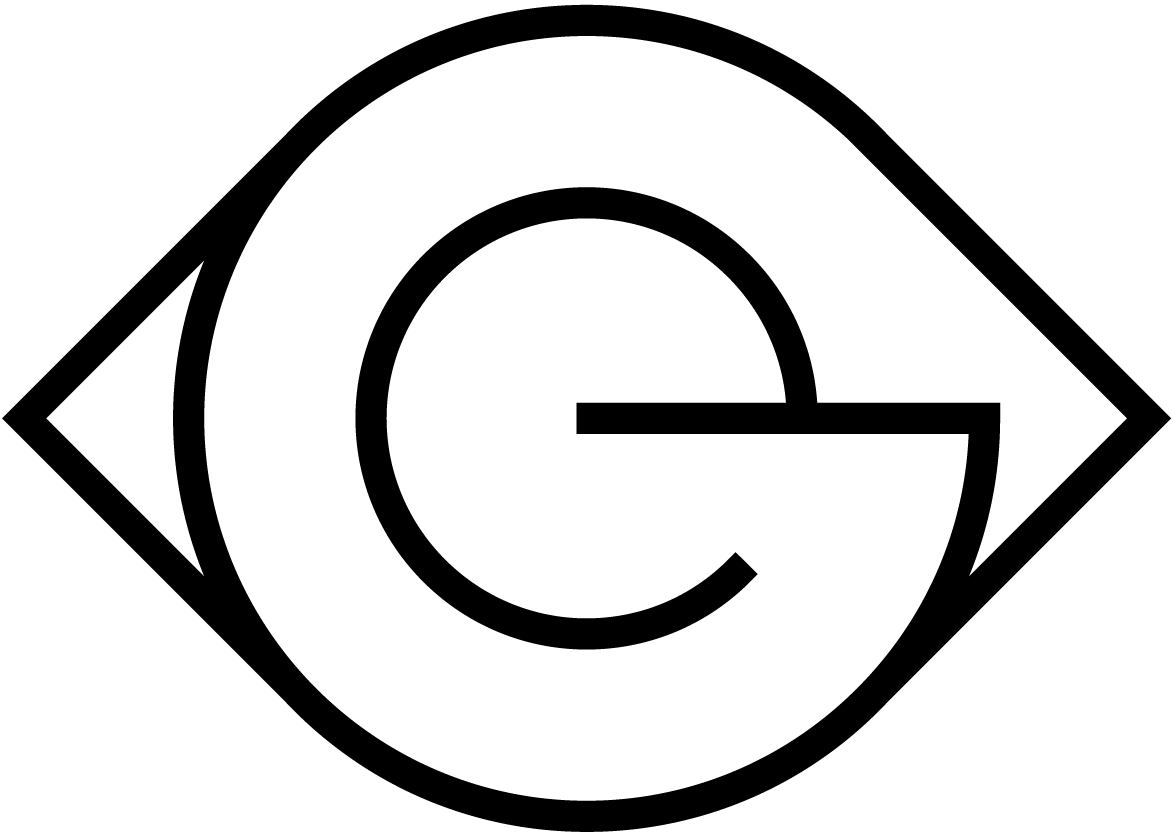How to choose your next pair of Glasses?
Great news! It does not always have to be hard to find your next pair of glasses that will suit you perfectly.
Many opticians, optometrists, eye care professionals, and people will tell you to check and figure out what your face shape is. Often times it will not be looking as sharp and elegant as you wanted it to be. What if there was an easier and more reliable way to find out what your next pair of glasses will suit you best? What if you could actually find the pair of glasses that fit with your face?
This method is for men as well as women. Here is what Generation Eyewear would like you to know.
Face Shapes
Choosing the perfect frame for you has to do with the width and size of your face. Finally, you will need to take into consideration your facial features under certain circumstances. We break it down for you:
Face Width
The width of your face is the distance across your face, temple to temple, and this is the most important factor to take into account when choosing sunglasses. Most of the time people tend to choose glasses that are too wide for their faces.
When it comes to attractiveness, we find symmetry and proportion as being key elements for aesthetic looks. For narrow faces, one would need to wear narrow glasses.
You can find the face width usually on each frame or on the products’ description or you can calculate it by adding the lens width to the bridge width. You should use a ruler or tape measure to measure your face. You would use the following table to figure out your size and best frame width for you.
This table will help you figure out what your face size is and find out what pair of glasses to choose.
Face length
It is the length from the top of your forehead to the bottom of the chin. If it about as long as it is wide, then you have a short face. If it is longer then you have a long face. In other words and more technical ones, if the length is 1.5 times longer than the width then you have a long face. You can look into your mirror and see it for yourself if that is too complicated.
A short pair of glasses in this case would not look good since one would rather want to balance out by choosing a longer frame, with lenses that are higher. (tall lenses are usually above 44 mm, medium ones will be from 36 to 44 mm and short ones will be less than 36 mm).
Less important however something to also consider is that If you have close set eyes, you would want to go for a narrower bridge (14 to 18 mm) whereas if your eyes are far apart you would choose a wider bridge (19 to 22 mm).
Facial features
It has to do with your face lines, such as your chin line, your nose line and all faces features in general. This deals with people who have curvy, round, soft lines and people who have a straight, angular and hard lines.
The key is balance. You want to choose glasses that balance out your features rather than emphasising them. If you have round features you should avoid round glasses. Similarly if you have angular features you should avoid rectangular, or extremely angular frames.
However, most people are just having regular lines. In this case you do not need to focus on the facial features rather you would consider more of size and width approach.

